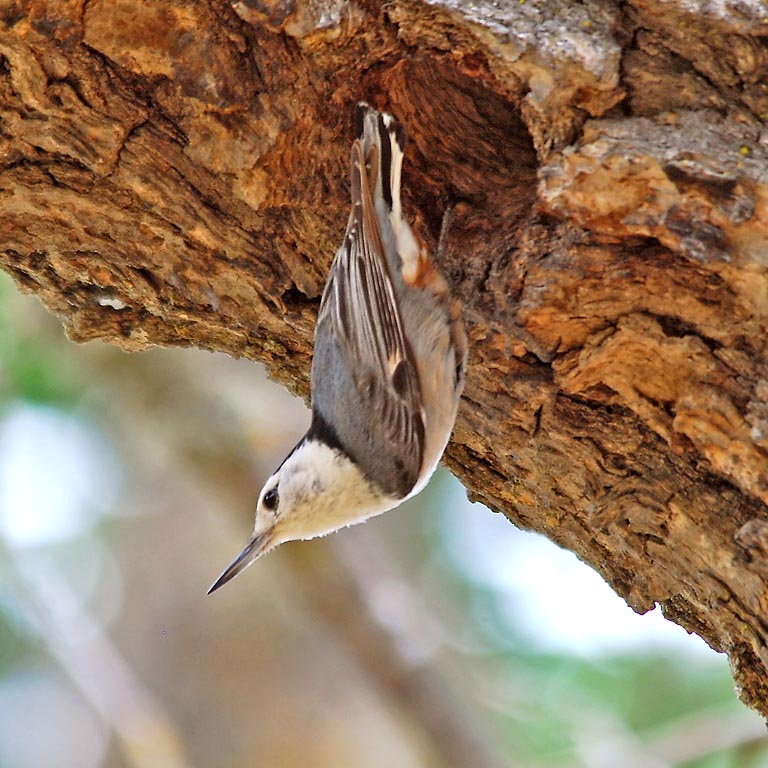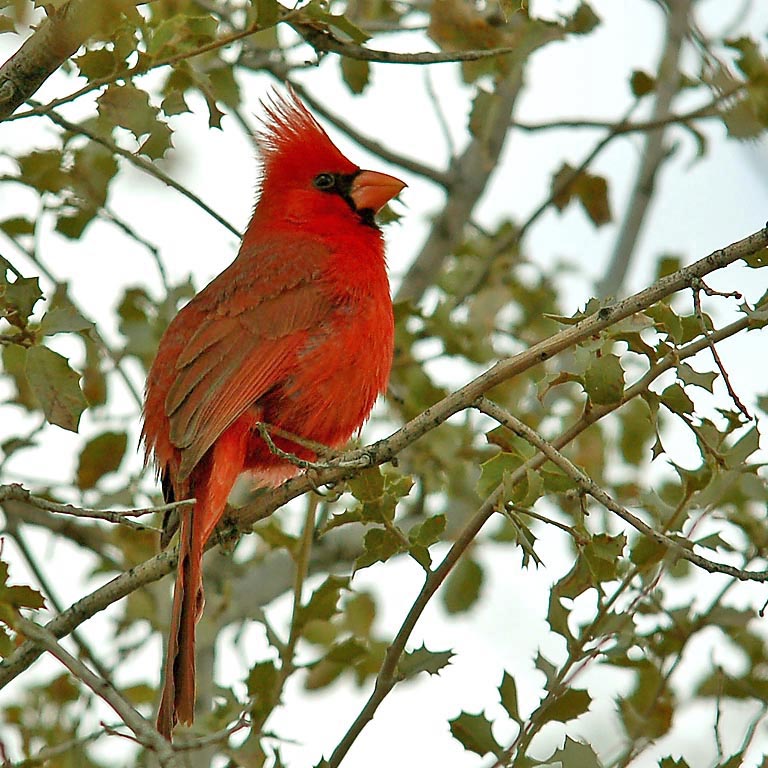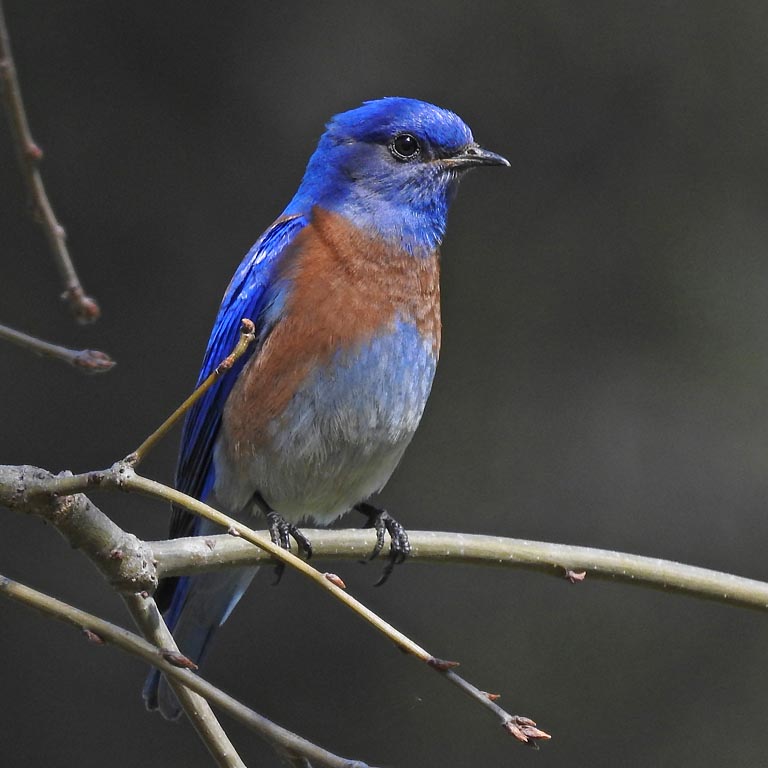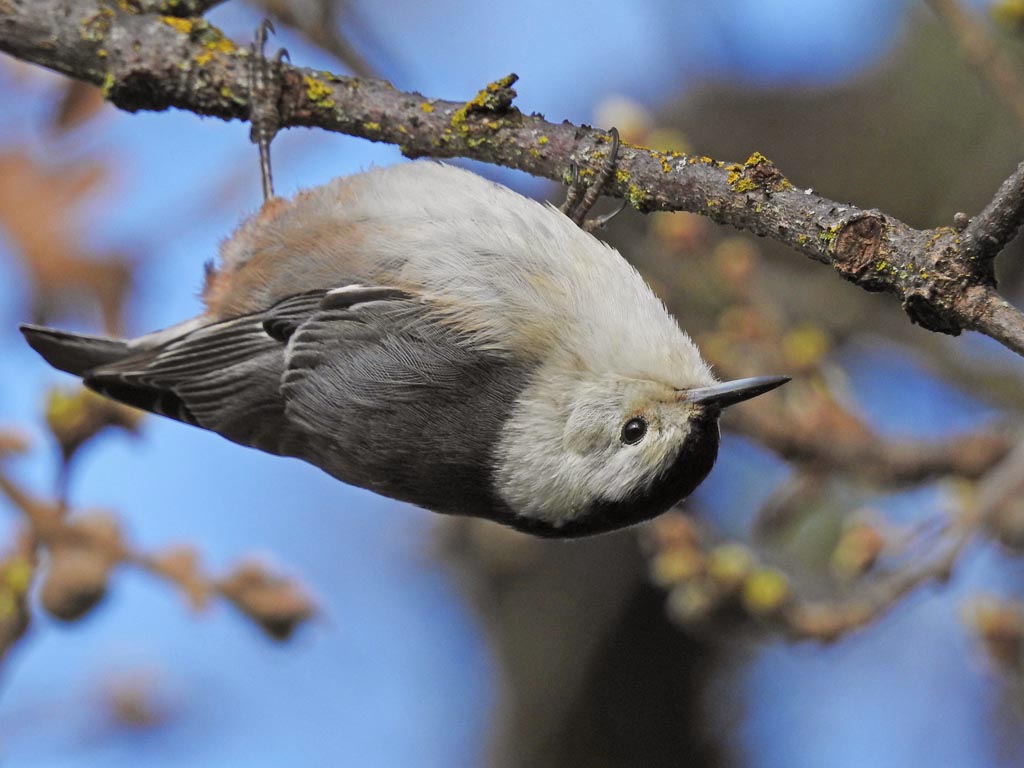
Looking for a bird’s-eye view of human impact? A new collaborative study between Cal Poly, Boise State and several other universities published in the journal Nature provides the most comprehensive picture yet of how human noise and light pollution affect birds in North America, including how these factors may interact with or mask the impacts of climate change.
Recent troubling findings suggest bird populations have declined by more than 30 percent in the last few decades. To develop effective strategies to reverse this trend, scientists and land managers need to understand what caused the decline.
The effects of noise and light pollution on the health of bird populations largely had been overlooked until some recent studies suggested that these stressors can harm individual species. With this new study, a continent-wide picture has emerged.
“Our study provides clear, large-scale evidence that noise and light pollution can profoundly alter when birds reproduce and the outcome of those efforts,” said Boise State biology professor Jesse Barber, second author on the study.

The research team looked at a huge collection of data sets — including those collected by citizen scientists through the NestWatch Program — to assess how light and noise affected the reproductive success of 58,506 nests from 142 species across North America. They considered several factors for each nest, including the time of year breeding occurred and whether at least one chick fledged from the nest.
Birds time their reproduction to coincide with peak food availability to feed their young, using daylight cues to breed around the same time each year. The researchers found that light pollution causes birds to begin nesting as much as a month earlier than normal in open environments, such as grasslands or wetlands, and 18 days earlier in forested environments. The consequence could be a mismatch in timing — hungry chicks may hatch before their food is readily available. If that happens, these early season nests may be less successful at fledging at least one chick, but the situation is complicated by climate change.
As the planet warms, birds’ food is available earlier due to warmer weather. Birds that maintain their historical breeding times because their internal clocks are set to changes in day-length may have fewer chicks survive because the food source they rely on already came and went.
“We discovered that the birds that advanced the timing of their reproduction in response to increased light pollution actually have better reproductive success,” said Cal Poly biology professor Clint Francis, the senior author of the study. “A likely interpretation of this response is that light pollution actually allows these birds to ‘catch up’ to the shift towards earlier availability of food due to climate change.”
These findings suggest two conclusions about birds’ responses to climate change. First, at least temporarily, birds in lit conditions may be tracking climate change better than those in dark areas. Second, when scientists thought birds were adjusting their reproductive timing to climate change, birds may have actually been responding to light cues instead because many studies were done in areas exposed to some light pollution.
When considering noise pollution, results showed that birds that live in forested environments tend to be more sensitive to noise than birds in open environments.

Researchers delved into greater detail for 27 species looking for physical traits that could explain the variations in species’ responses to light and noise. A bird’s ability to see in low light and the pitch of its call were related to species’ responses to light and noise pollution, respectively.
The more light a bird’s eye is capable of taking in, the more that species moved its breeding time earlier in the year in response to light pollution and the more that species benefited from light pollution with improved nest success. Noise pollution delayed nesting for birds’ whose songs are at a lower frequency and thus more difficult to hear through low-frequency human noise. Mating decisions are made based on the male’s song, and in some cases, females need to hear the male’s song to become physically ready to breed.
These trait and environment-specific results have strong implications for managing public lands.
“The data we present shows convincingly, using data from birds across the lower 48, that noise and light pollution are having strong effects on wild populations,” Barber said.
“If public land managers are concerned about the effects of loud human activities and development on a bird that they have no information on, they can use this study to inform their decision making,” Francis added, “Is it a forest bird? If so, it is likely that it is more sensitive to light and noise.”
The study is the first step toward a larger goal of developing a sensitivity index for all North American birds. The index would allow managers and conservationists to cross-reference multiple physical traits for one species to assess how factors such as light and noise pollution would affect each species.

Story by Rachel Henry, Cal Poly